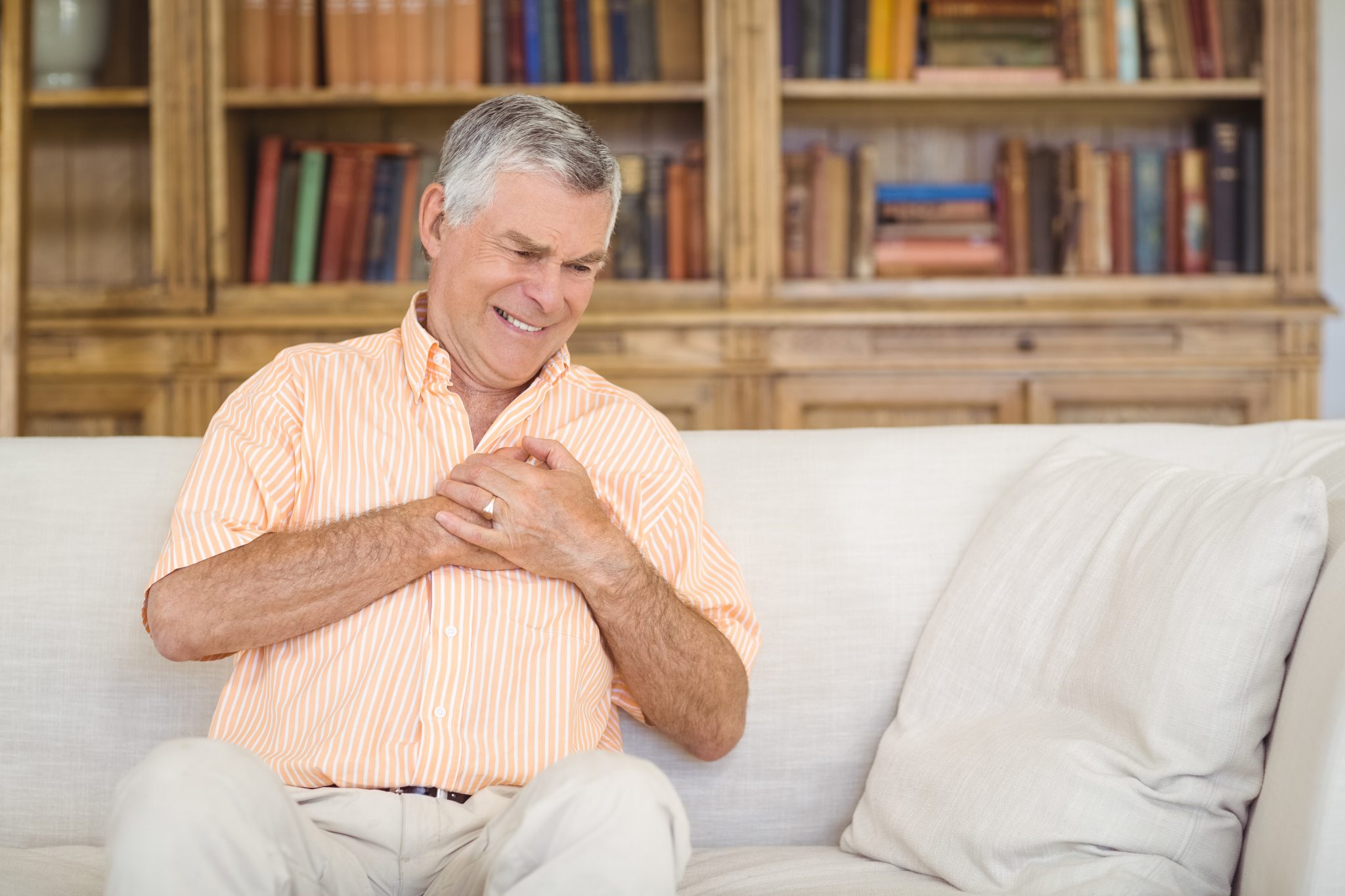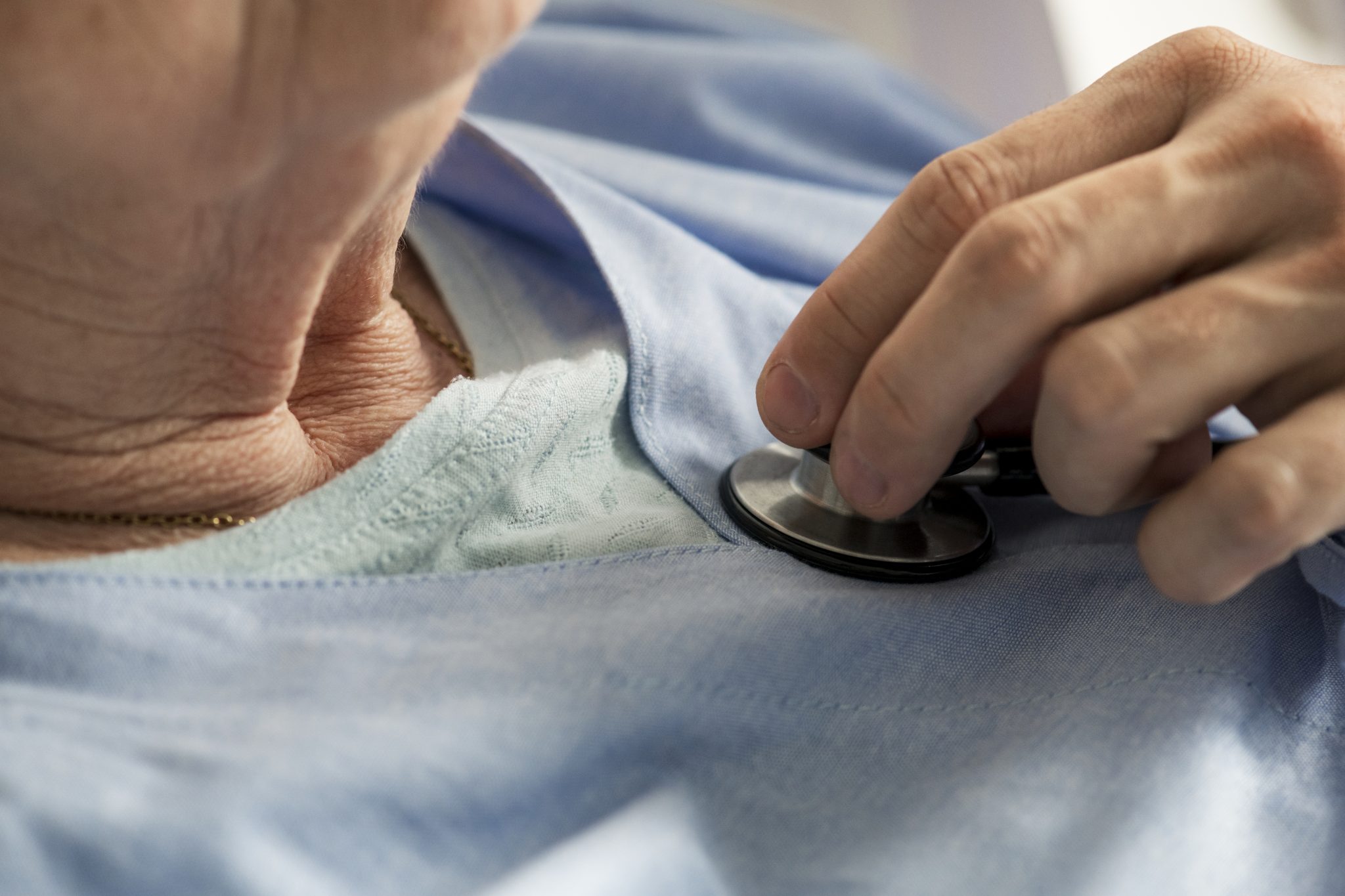What you need to know about spider veins living in South Florida
Telangiectasia, commonly known as spider veins, is a bunch of very small blood vessels growing very close to the skin surface. They look like a spider web and are usually red, blue, or purple. Mostly, people living in South Florida experience these on their face and legs. Spider veins are damaged veins which are not painful or harmful; however, people want to get them treated due to cosmetic purposes.
What causes spider veins to occur?
Veins have valves inside them that help prevents blood from flowing in the wrong direction. If these valves stop functioning properly, it causes the veins to become spider veins. The weakened valves make it difficult for blood to flow in one direction, and it starts to gather in one area. With time, it becomes a lump in the vein with branches and turns into spider veins.
Risk factors
Living in South Florida, you may be at greater risk of having spider veins. However, there are many other factors that may increase the risk of developing spider veins:
- Genetics: Human Genes play an important part in telangiectasia. People having a family history with either one parents having spider veins have a 90 percent chance of developing them in some parts in life.
- Pregnancy: In pregnancy, the body weight increases, putting more pressure on the legs causing spider veins to develop. Also, blood flow is increased, which leads to a greater risk of having spider veins.
- Gender: Research has shown that women are naturally more likely to be affected by spider veins than men.
- Age: As you become older, the valves in your veins begin to weaken. The weaker valves stop working properly, causing the veins to form clusters and become spider veins.
- Weight: Obese people are often diagnosed with spider veins in legs due to the added pressure of the upper body on legs leading to veins blocking.
- Hormonal imbalances: Birth Control or other hormonal imbalances can lead to an increase in estrogen in women leading to weakening vein valves and spider veins as a result.
- Vein Damage: Veins damaged in accidents are likely to have malfunctioning valves and lead to spider veins.
- Blood Clots: Blood Clots are sometimes stuck in veins resulting blockage of blood leading to spider veins.
- Standing/Sitting: Standing or sitting for an extended period of times in the same posture will lead to vein damage and spider veins.
- Sunburn: Too much exposure to the sun might result in broken veins, hence affecting blood flow, which can cause spider veins to occur.
- Excess Pressure: Mostly vomiting, sneezing, or any such strenuous activity can lead to spider veins on faces.
Treatments
Spider veins are generally harmless; however, they might cause discomfort. Also, the majority of the people living in South Florida prefer a clearer skin. Spider veins can be treated in a number of ways:
- Compression socks or stockings: When you wear compression socks or stockings, it puts pressure on the veins in your legs. The pressure exerted on the veins results in improved blood flow, avoiding any other spider veins to occur. There are many types of compression stockings, such as support pantyhose, gradient compression socks, and prescription compression stockings. Most of these compression stockings are easily available in stores or even online.
- Sclerotherapy: Sclerotherapy is a treatment of spider veins in which an irritant is injected in the vein which causes pain and inflammation resulting in blood to coagulate and the veins to narrow. This reduces swelling and makes the veins shrink. With time, these veins disappear from the body. The process of Sclerotherapy is performed by plastic surgeons, dermatologists, vein specialists, and cosmetic surgeons. However, the process may not show results in the first attempt. It may take many treatments or at least six weeks till the final results are shown.
- Laser: Laser can be used to heal tiny spider veins that appear close to the skin. The laser beam is strong and makes the spider veins clot and dry up.
- EVLT: Endo-venous laser therapy is a modern-day treatment of spider veins. To perform EVLT, the surgeon first gives local anesthesia. Next, he cuts a small opening in the affected area and put in a laser fiber. The heat from the laser is directly applied to the vein, which makes it vanish.
How to prevent spider veins?
Many changes in your lifestyle can be helpful in preventing spider veins from developing further:
- Sunscreen: Spider veins usually occur when heat comes in direct contact with the skin. Living in South Florida, you should ensure that you do not spend a lot of time in the sun; and whenever you do, make sure to apply sunblock regularly.
- Healthy weight: It is important to maintain a healthy weight in order to avoid spider veins since the pressure on the veins is reduced and keeps the blood flowing properly.
- Compression stockings: If you have a family history of spider veins or any other changes that you are at risk of developing them, you should try wearing compression socks or stockings.
- Stay active: Staying active and moving yourself prevents spider veins to develop since a lot of pressure is put on the veins if you are continuously sitting or standing.
- Avoid alcohol: Drinking too much alcohol causes blood vessels to break, disrupting the flow of blood, eventually causing spider veins.
- Exercise: Regular workout helps the proper circulation of blood and avoids spider veins to occur.
- Keeping your legs elevated: if you keep your legs elevated while sitting or lying down, it will not exert as much pressure on the blood vessels as it might if you keep your legs lying low.
- Consult a doctor: If spider veins are causing trouble to you, you should consult a dermatologist to prevent them from developing further.
Spider veins are usually painless, but many people wish to get them removed. Although there are several ways for this to happen, it is always better to discuss this issue with a healthcare professional. A licensed specialist in cosmetics, dermatology, or plastic surgery can guide you better in these matters.





